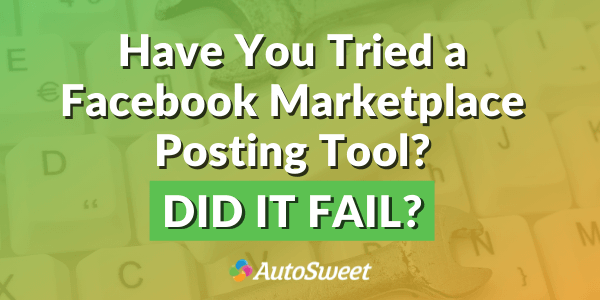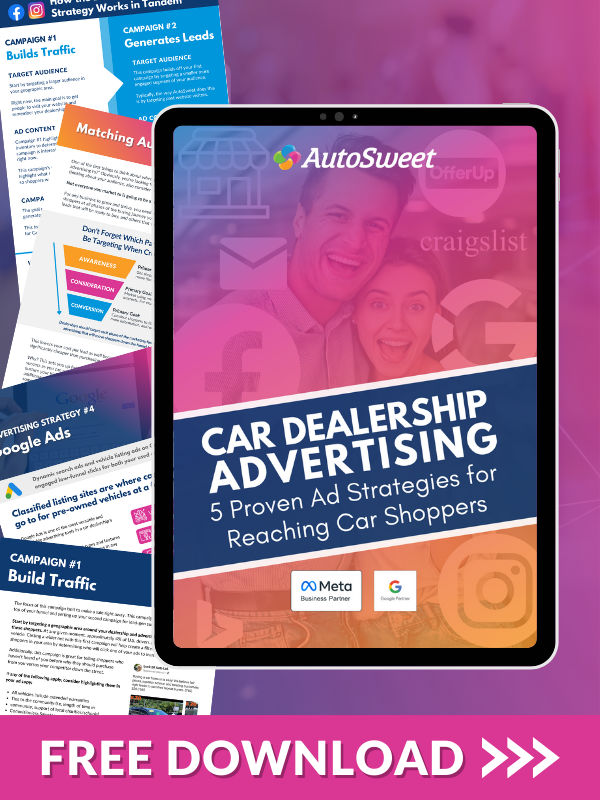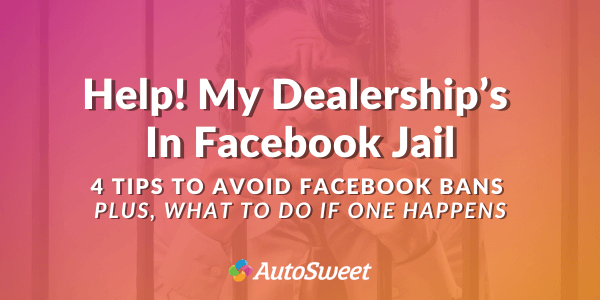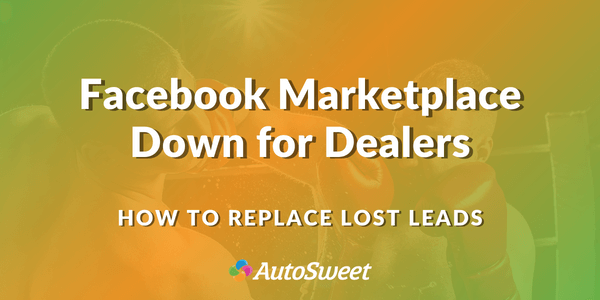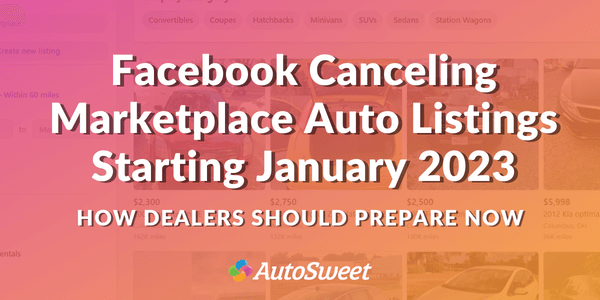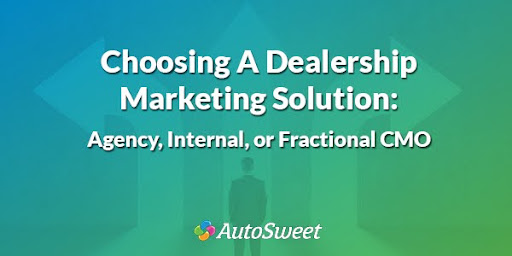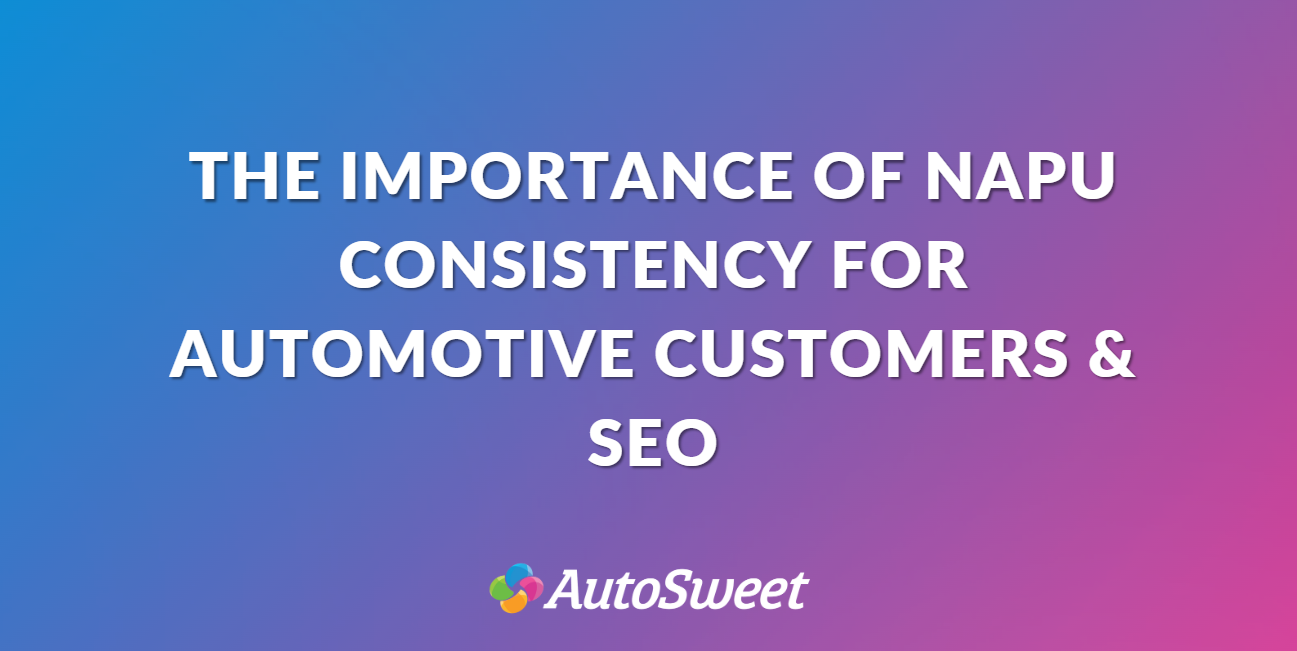By now, you know that Facebook made changes to its powerful Marketplace platform last year.
Beginning on September 13, 2021, dealers could no longer automatically post their catalog of used vehicles to Facebook Marketplace.
Prior to this date, Facebook Marketplace was a huge source of traffic, leads, and sales for dealers across the country.
To retain this powerful sales source, dealers essentially turned to one or more of the following three strategies:
- Pay for a Promoted Marketplace Inventory ads
- Post vehicles manually to Facebook
- Take a chance on a new Marketplace Posting tool
By now, these options have been around for several months. Let’s quickly go through the pros and cons of each of these three options so you can make the right decision for your dealership…
Option #1: Pay for Promoted Marketplace Inventory Ads
Promoted Marketplace Inventory ads leverage Facebook’s machine learning to select users who are most likely to buy from your dealership and then serve ads directly to them.
These ads not only show on Facebook Marketplace, but also on the Facebook homepage in news feeds, stories, search, on other Marketplace VDPs, and in Facebook’s right column. Plus because Meta also owns Instagram, these ads also post to Instagram and Instagram Stories.
This helps dealers reach more in-market car shoppers AND shows retargeted ads to users who have previously viewed your vehicles right on their Facebook home news feed.
Pros:
- Automatically get ALL of your used inventory on Facebook Marketplace
- Show ads to Facebook users most likely to buy from your dealership
- Show your ads across Facebook (in addition to Marketplace) including on the Facebook news feed, stories, search results, and right sidebar
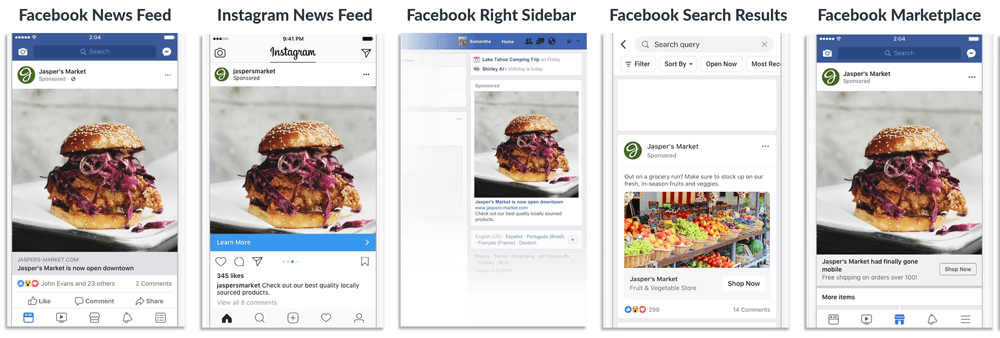
Cons:
- Ads only show to those most likely to buy, so dealers won’t be able to find their cars as easily
- Facebook Marketplace’s filter system will not always show the vehicles that match what dealerships’ have in stock
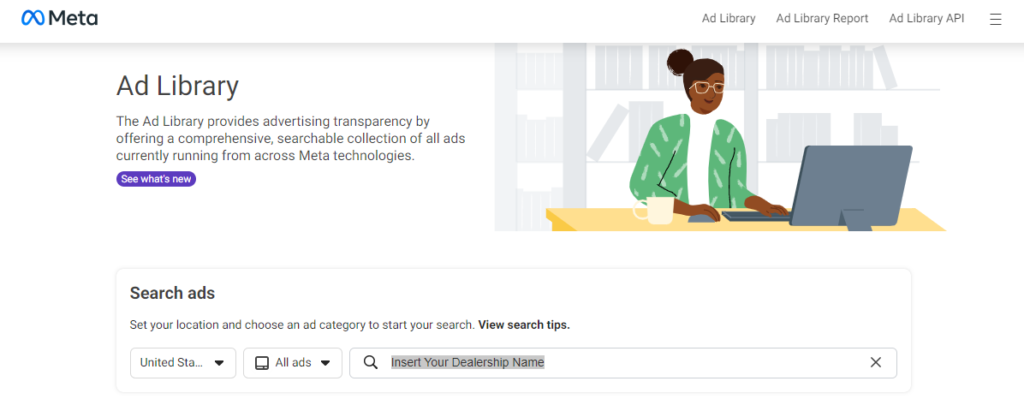
Important Note: Dealerships can always find what ads they currently are running by searching for themselves on Facebook’s Ad Library tool.
Option #2: Posting Vehicles Manually
Important Update: Effective January 30, 2023, manual posting is no longer available from Facebook Business Pages.
Dealerships can still continue manually posting their inventory to their business or dealership pages on Marketplace. The obvious drawback here is the time it takes to create these posts.
You certainly don’t want your sales team spending all of their time adding inventory to Facebook Marketplace.
If you don’t have the resources to devote to manually adding all of your inventory, one good option is to prioritize posting your aging inventory or vehicles you predict might take longer to sell.
Pros:
- Shoppers on Marketplace will be able to find your vehicles using the filtering system
- Your vehicles will always show up in search results for applicable searches
- A good way to help get rid of hard-to-sell inventory
Cons:
- Someone at your dealership will need to time consumingly manually add vehicles
- Sold vehicles will need to be removed from Marketplace promptly, or else you risk harming your Facebook Marketplace review rating
Option #3: Take a Chance on a New Posting Tool
There are a lot of tools out there that claim to automate the manual posting process for dealers. We’ve heard mixed reviews on how these tools perform.
Most of these tools work one of two ways:
- A hybrid manual/automatic approach that makes it slightly easier to copy and paste car details from your inventory catalog. The dealership will still need to put in some elbow grease in order to make this solution work though.
- You need to give account access to a (typically) offshore partner that will manually upload your vehicles for your dealership. This can be a headache due to multi-factor authentication.
Both of these methods are prone to user error simply because humans are involved in the process. And, any time a human is trying to do data entry (especially at scale) it’s much easier for mistakes to happen.
And, because the process isn’t automatic, dealers will also need to ensure whatever tool they are using is also promptly taking down any sold vehicles and replying to messages in a timely manner.
The biggest con to this strategy is it’s going against what Facebook intended when they announced the end of the automatic catalog feed support. AutoSweet never pursued building a tool like this because Facebook was clearly expressing intent to dissuade dealers from flooding Marketplace with listings, specifically listing the same VIN multiple times through different avenues.
Any dealership using these tools should do so with the awareness that Facebook could shut down these tools at any time.
So, Which Strategies Should You Choose?
At the end of the day, the only strategy AutoSweet does not recommend is taking a chance on a new Marketplace posting too specifically for vehicles. Facebook got rid of the automatic catalog feed posting from dealers for a reason.
The ability to mass-post was being abused and creating a worse user experience for Facebook’s Marketplace car shoppers. This meant car shoppers were constantly needing to sift through duplicate listings and/or vehicles that were no longer for sale.
For this reason, we encourage dealers to automatically post their inventory with Promoted Marketplace Inventory instead of using a posting tool. You still get the same Facebook Marketplace messages you’re used to, and you’re using the system the way Facebook intends.
Dealerships that adapt to the new system and work with an agency partner like AutoSweet to post ads inside Facebook Marketplace will yield more sales due to better targeting, and trackable return on the increased investments.
Why Partner with AutoSweet?
AutoSweet can measure ad performance using what’s called “offline attribution” – connecting digital activity back to actual sales. You can’t do that with an organic Marketplace ad. AutoSweet makes it easy for dealers to see where their marketing spend is working… and where it’s not.
As a Meta partner, AutoSweet helped beta test Facebook Marketplace’s new system. Our Promoted Marketplace Inventory solution helps dealerships continue generating leads, messages, and sales from Marketplace at scale.
Want to understand more about running paid ads on Facebook Marketplace and how they can help your dealership generate leads and drive sales?
Sign up for a free demo of our Promoted Facebook Marketplace Inventory tool, book a strategy session with a digital marketing consultant today!
